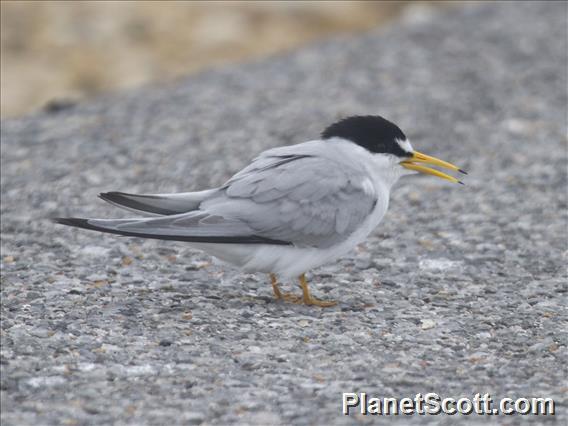Least Tern (Sternula antillarum)

Least Tern (Sternula antillarum)
×


Least Tern (Sternula antillarum)
About Least Tern (Sternula antillarum)
- Kingdom: Animals
- Phylum: Chordates
- Class: Birds
- Order: Shorebirds and Allies
- Family: Gulls, Terns, and Skimmers
The least tern is a species of tern that breeds in North America and locally in northern South America. It is closely related to, and was formerly often considered conspecific with, the little tern of the Old World. Other close relatives include the yellow-billed tern and Peruvian tern, both from South America.
Source: Wikipedia
Trips
Visits
-
2007-06-14
Cape May Point State Park, United States of America -
2010-06-21
Cape May Point State Park, United States of America -
2013-04-16
Aransas NWR (CTC 037) (Aransas Co.), United States of America -
2013-04-19
Bolivar Peninsula, United States of America -
-
-
-
-
-
-
-
-



